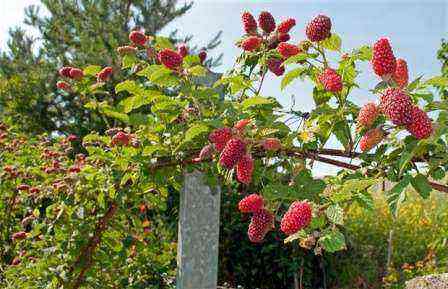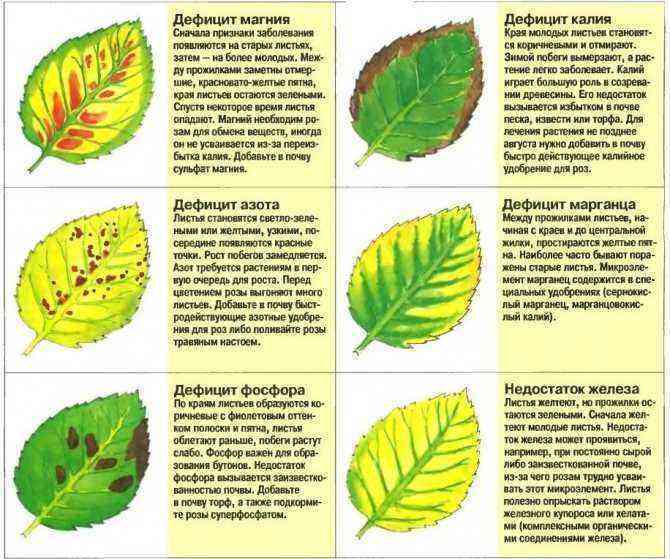There will be no home in Spain that does not have a boat with bay leaves among the spices. Widely used for “spoon” dishes such as broths, stews, legumes or as an essential ingredient in steamed mussels. Its flavor and its properties make this condiment present in our varied and rich gastronomy. In addition to all this, you should know that it is easy to grow. You dare?
Let’s get to know the laurel a little
If you have associated the laurel with the seasoning, you have to remember that it is also the component with which the crowns were made in ancient Greece and Rome with which great figures of the time were honored, whether they were gladiators, athletes, generals and other worthy personalities of said recognition. In fact, that’s where the verb laurear comes from. Its scientific name is Laurus nobilis. Given this background, it is clear that it cannot be missing in your aromatic garden. The cachet that the laurel gives to the orchard is clear ;-).
The origin of this plant is centered throughout the Mediterranean and part of Asia but it was quickly adapted and spread throughout the world. This has been possible due to its great adaptation to all kinds of conditions. Now we see them.
How do I grow it?
Without any difficulty, the truth. What’s more, except in exceptional situations you will have to stop him if you don’t want to be invaded by him.
Weather
It is adapted to an infinite number of unimaginable climates, making it possible to adapt to almost any site. During the winter, if the frosts are very persistent and temperatures of less than 8-10ºC below zero it will suffer, so if you are from very cold places it is advisable to plant it in planters or pots that you can later take home during the winter. As for high temperatures, you can also endure them but if they are too high you will also suffer from burns. Like everything, extremes are never good.
Light and Shade
It is a plant that is also tolerant to the sun and the shade so you will not have to rack your brains to find the best place for it. If the weather is very hot, you can find a semi-shady place to avoid excessive exposures. You will be more comfortable.
Irrigation and Soil
It withstands the drought very well. You do not have to be very aware of the irrigation factor. The same goes for the ground. It adapts to a multitude of them, preferring light, loose and drained soils.
Pruning
It is essential to prune this hedge if we do not want to have an orchard invaded with laurel. You have to prune to give it the desired shape, limiting its growth.
Laurel multiplication
It can be done by seeds if we do not have a laurel on hand. The simplest thing is by cutting that we will do it at the end of summer.
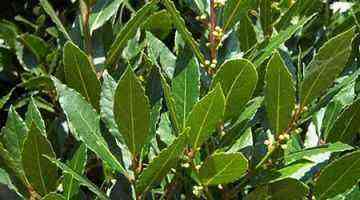
Laurel plant
Source: arboles-arbustos.florpedia.com
How to dry bay leaves
The leaves can be collected all year round although the optimal time is just after flowering which is when they have the most essence. We select a few healthy branches, make a bouquet and hang it in a cool and warm and importantly dark place. A pantry can always be a good place and when there is not much humidity. The time will depend on the conditions but you will know when they are ready for use.
The pests and diseases of laurel. Your achilles heel
It is very easy to grow but has a slightly high sensitivity to the following organisms,
- La cochineal It is what we are going to find the most, although the dangerous thing is not the cochineal itself but the Negrilla fungus that is the one that develops in the secretions of said insect.
- The aphids It is another very common friend in the garden that we will have to avoid. Nettle or horsetail extracts will drive them away.
- La psila Laurel is another disease that produces galls on the leaves.
Given its rapid growth and its good resistance to pruning, we can eliminate the affected parts. If the incidence is very large we will have to go to more specific products.
This is one of many aromatic plants that you can consult in the Great encyclopedia of medicinal plants. You will no longer have any information about them!
All the best. Agromatic.
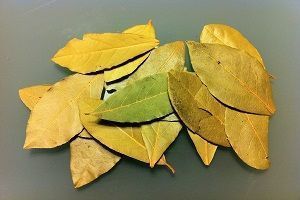



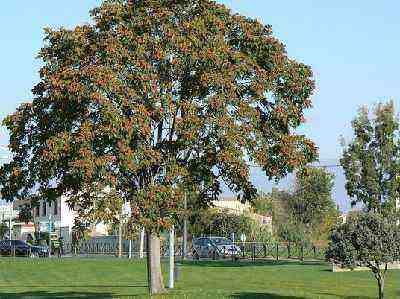
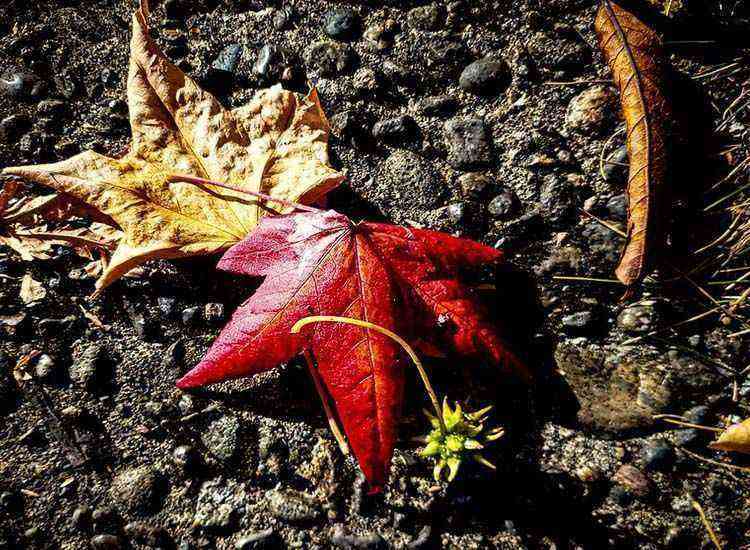
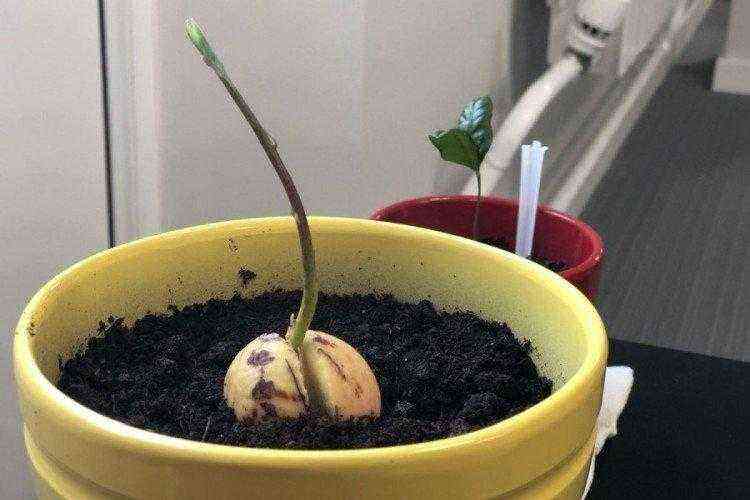
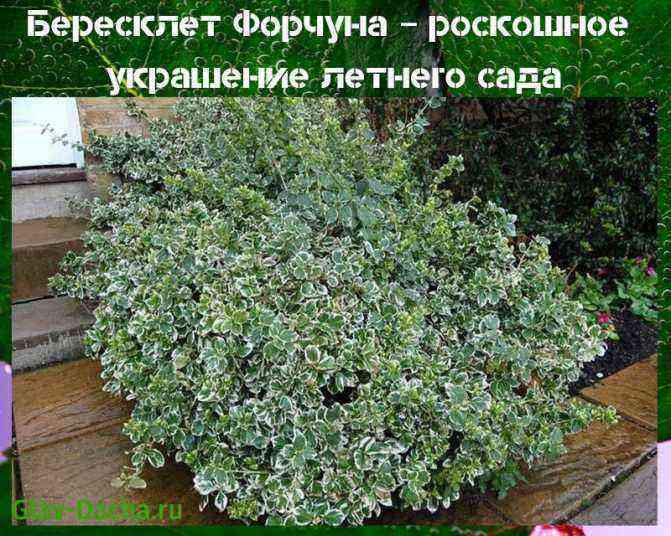

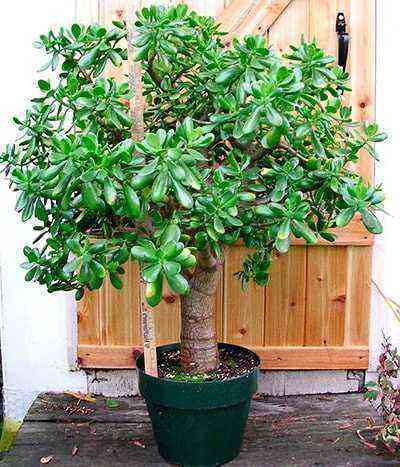
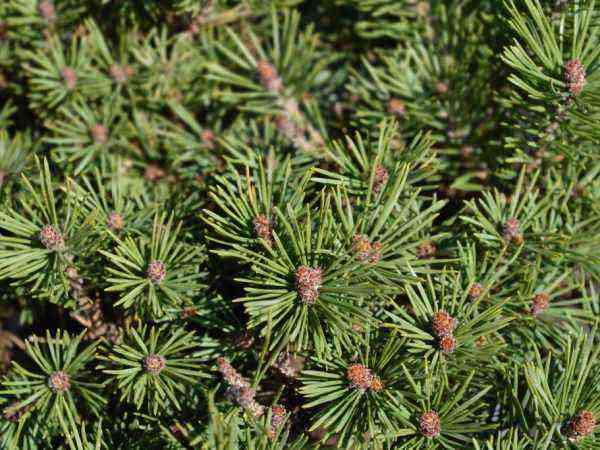
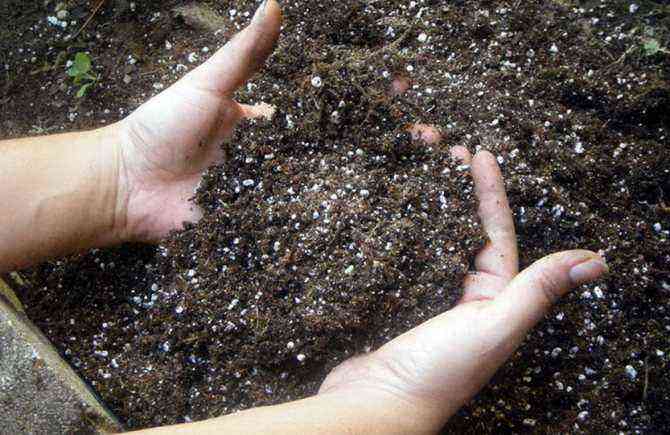
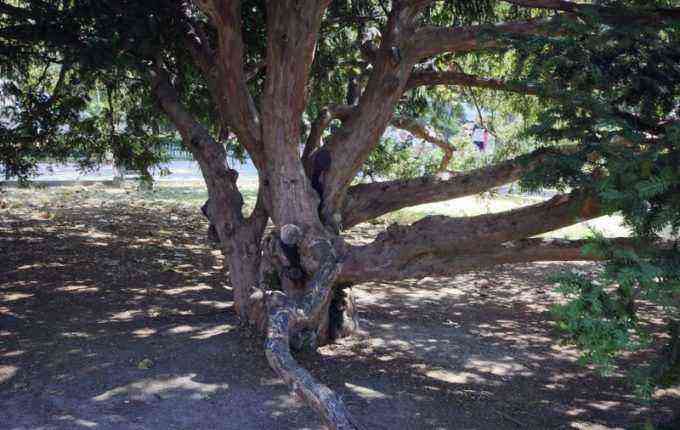
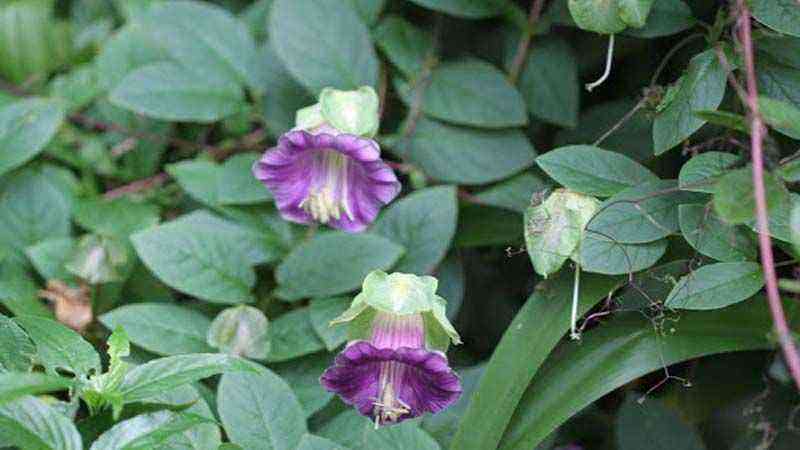
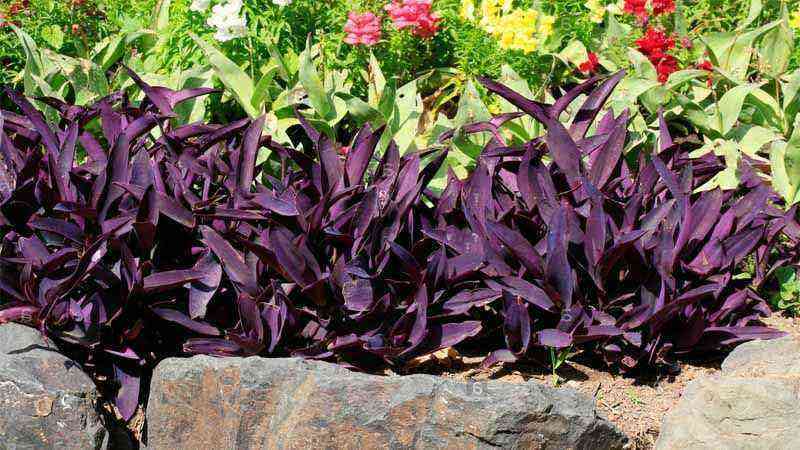
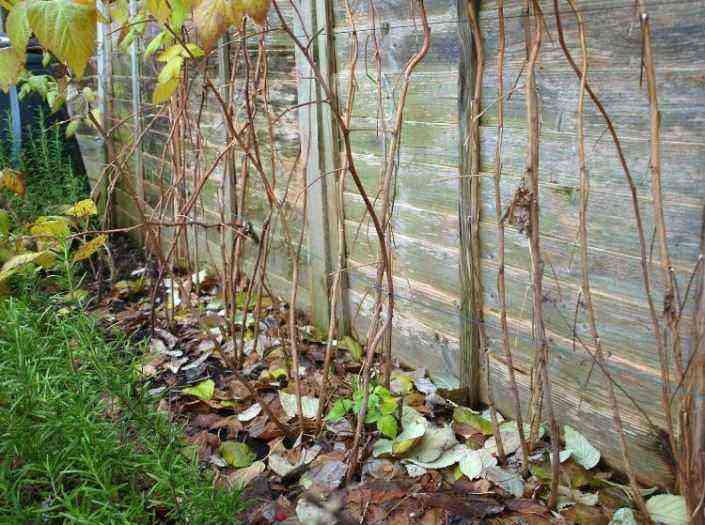
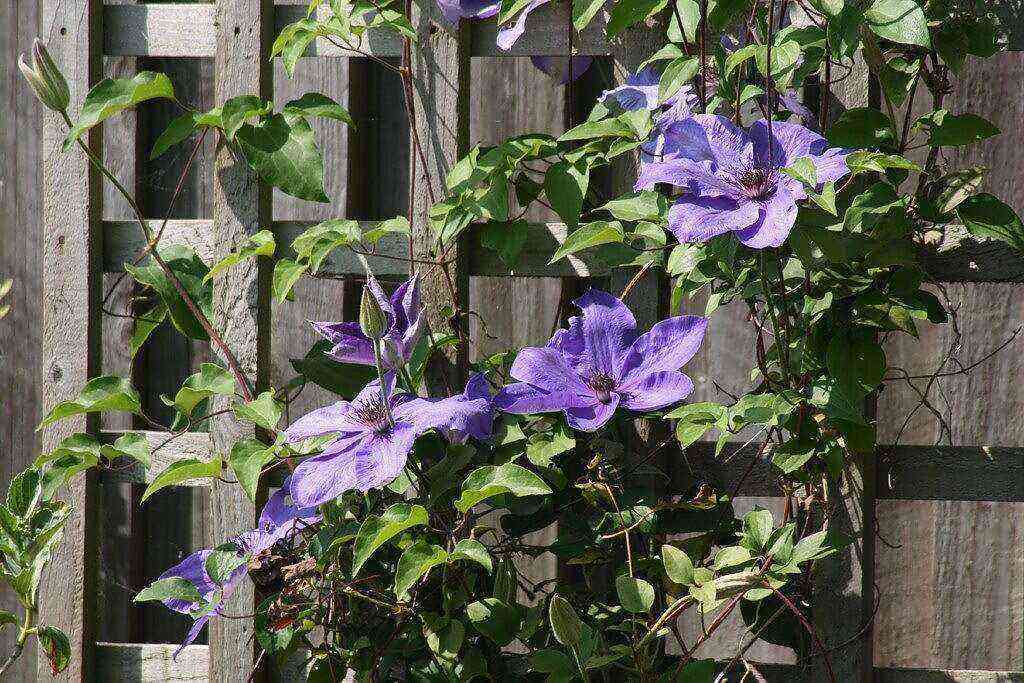

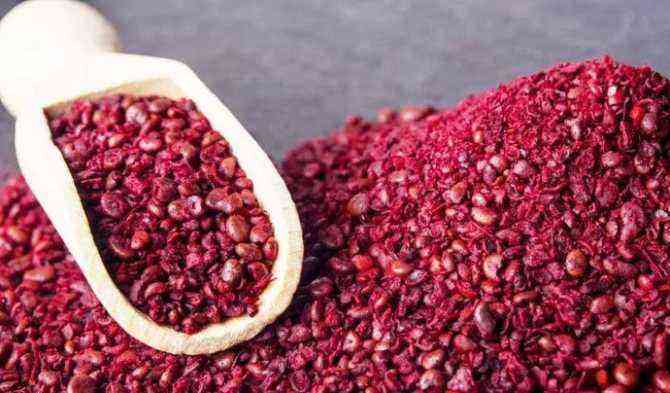
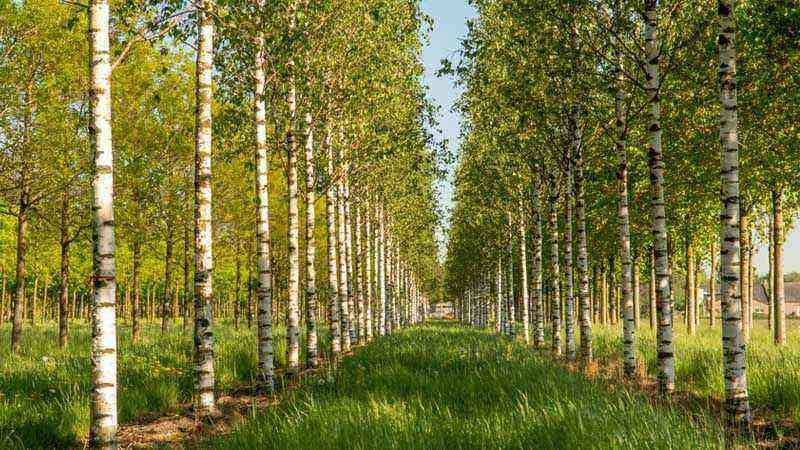
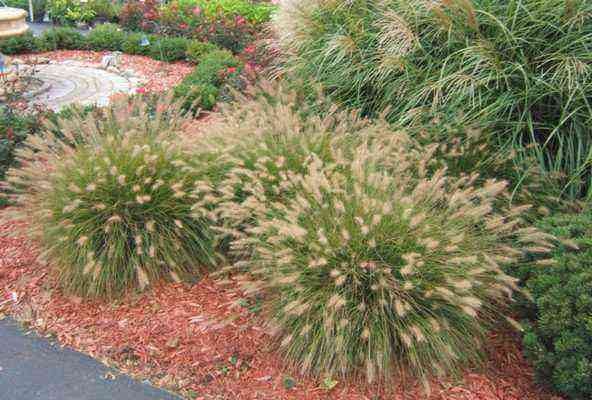
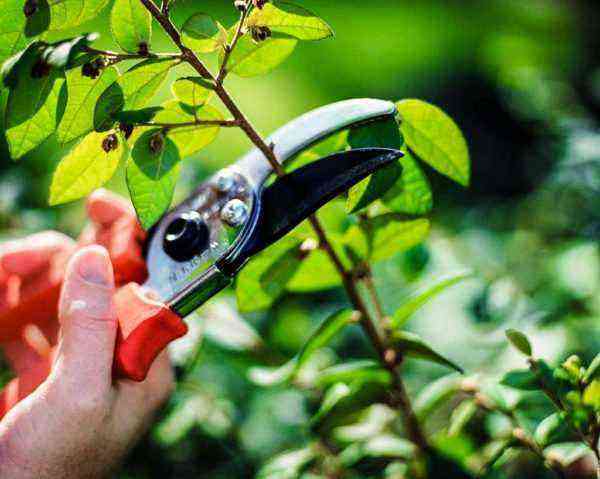
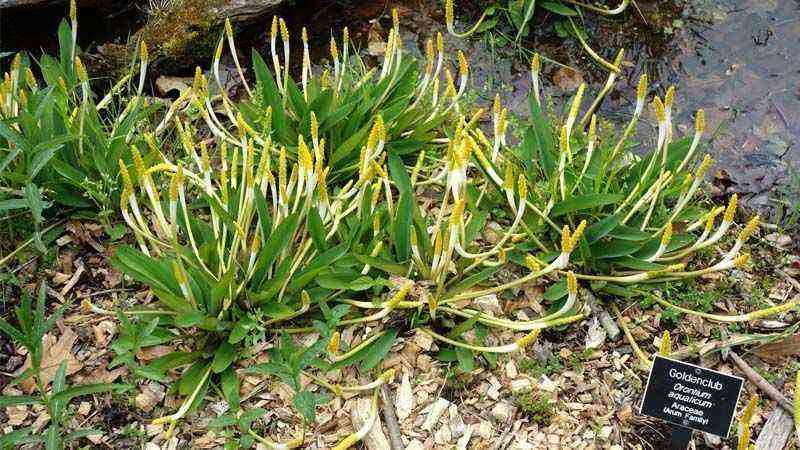

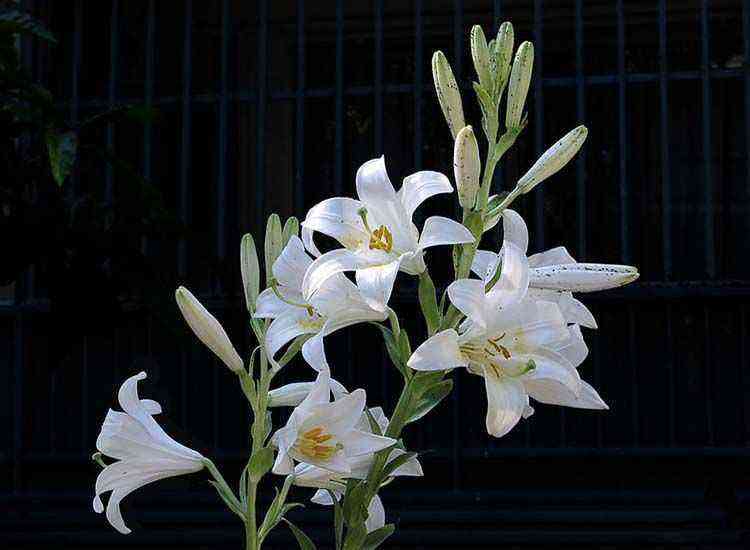

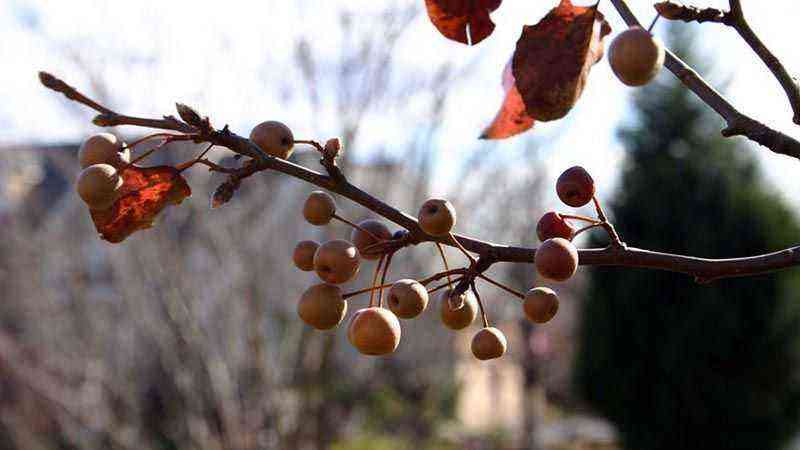
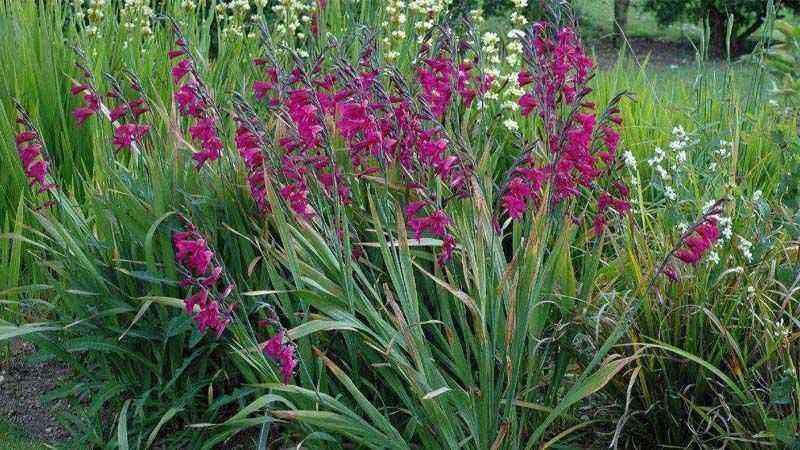
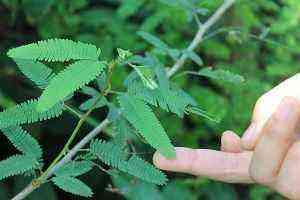
![Cultivation of Manihot esculenta [Cassava, Cassava] Cultivation of Manihot esculenta [Cassava, Cassava]](https://farmer-online.com/wp-content/uploads/2021/05/Cultivation-of-Manihot-esculenta-Cassava-Cassava.jpg)
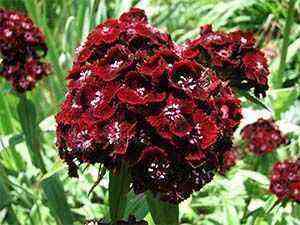
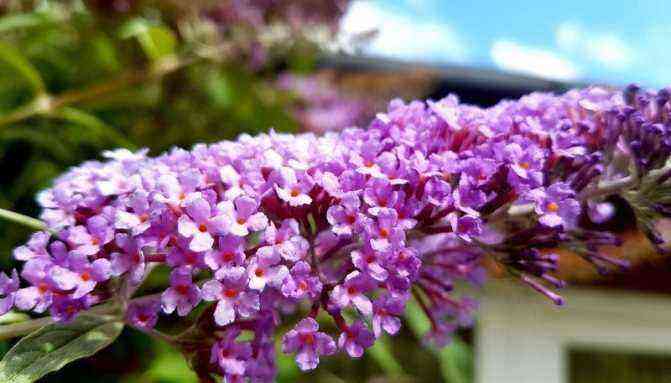
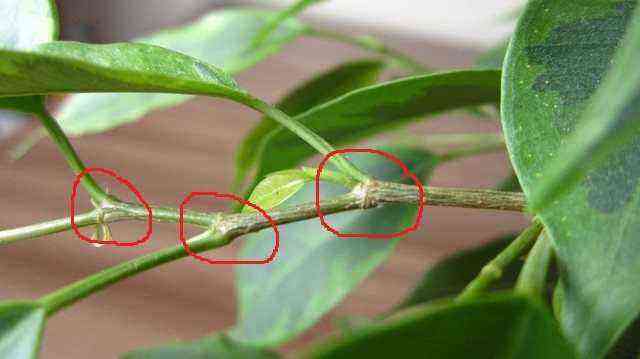
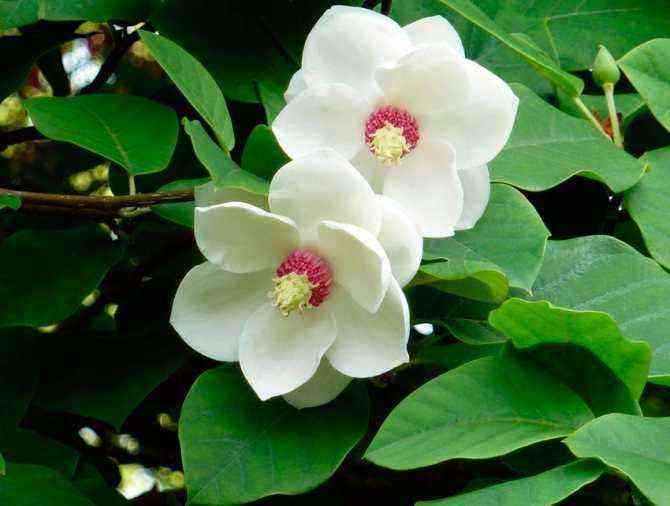
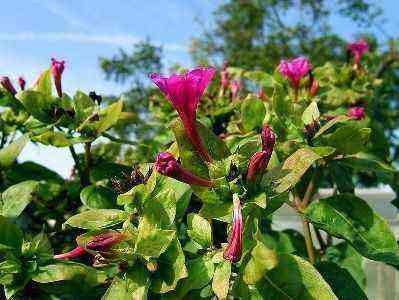
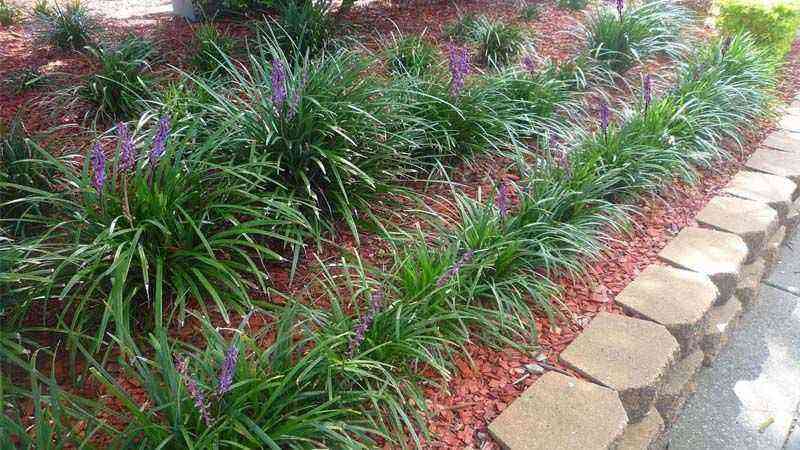


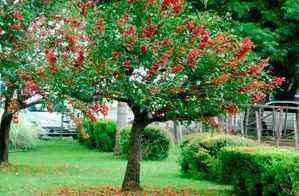
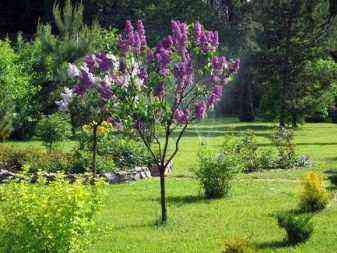
![Cultivo de Magnolia stellata [magnolia estrellada] Cultivo de Magnolia stellata [magnolia estrellada]](https://farmer-online.com/wp-content/uploads/2021/05/Cultivo-de-Magnolia-stellata-magnolia-estrellada.jpg)
